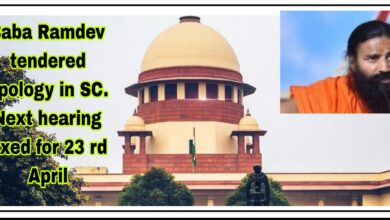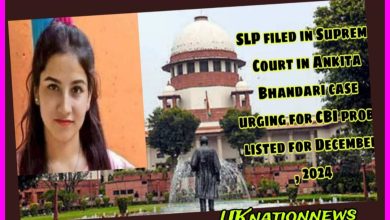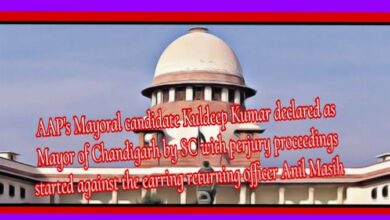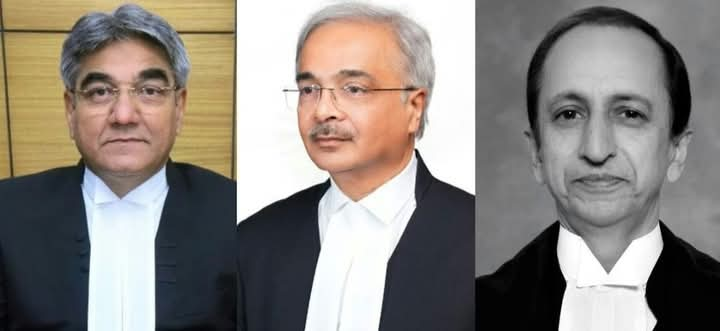The Lawyer Who Wrote the Final Judgment — A United India”
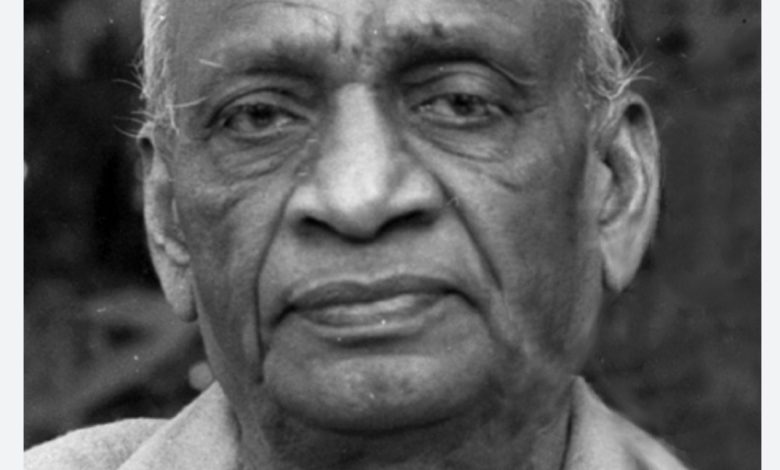
By- SHUBHAM ARYA
(Student at Rajiv Gandhi National University of Law, Punjab)
On October 31, India observes Rastriya Ekta Diwas—National Unity Day—to celebrate the legacy of Sardar Vallabhbhai Patel, whose decisive leadership was instrumental in uniting over 560 princely states and shaping modern India’s geography. Born on this day, Patel was a distinguished lawyer who transformed into a statesman and minister, fiercely advocating for social and human rights during the colonial era. His vision and efforts ensured that India emerged as a single, cohesive nation after independence. Rastriya Ekta Diwas honours Patel as the “Iron Man of India,” recognizing his indispensable role in securing the country’s unity and integrity. Sardar Vallabhbhai Patel’s journey as a public figure was profoundly influenced by his years as a practicing lawyer—a chapter often eclipsed by his later political achievements but crucial to understanding his ideals and leadership. In the bustling legal arenas of Ahmedabad and its neighbouring regions during the 1910s and 1920s, Patel quickly emerged as one of Gujarat’s brightest advocates. Known not just for his sharp legal mind, but for his discipline, sincerity, and steadfast sense of justice, he handled cases that would go on to shape both his reputation and his worldview as a future national leader.
One of Patel’s most notable legal battles unfolded during the Ahmedabad Municipal Corporation case of 1917. At the time, a severe plague outbreak led the municipal authorities to enforce sweeping, often arbitrary sanitation measures. Acting under emergency powers of the Bombay Municipal Act, the administration forced evacuations and even demolished homes with little justification, impacting countless local residents. Patel stood firmly by the affected families, arguing that the municipality’s actions went beyond its lawful limits and breached the principles of natural justice and equality before the law. His passionate advocacy revealed the overreach of the officials, and his meticulous reasoning prompted important municipal reforms. From then on, health interventions in Ahmedabad would have to respect both legal and ethical standards. The episode not only won Patel the respect of the city’s citizens but also paved the way for his service as Ahmedabad’s Sanitation Commissioner, where he implemented overdue reforms with characteristic firmness and fairness.
Around this same period, Patel also lent his support to the small farmers of Nadiad in the 1918 land dispute—a case that brought into focus his empathy for the rural poor. Wealthy landowners were seeking to evict farmers using dubious and coercive contracts, exploiting their power and the ambiguities of the law. Patel, invoking the Indian Transfer of Property Act, 1882, meticulously exposed how the contracts were tainted by misrepresentation and coercion. His insightful advocacy secured a judgment in Favor of the farmers, protecting their rights as tenants and setting a crucial precedent for justice and fair play in rural India. This victory established a deep trust between Patel and the local farming community and laid the groundwork for his leadership during the historic Kheda Satyagraha.
The early 1920s saw Patel’s role further evolve, especially with the Ahmedabad mill workers’ arbitration cases. As workers and industrialists clashed over wages and working conditions, Patel stepped in as a mediator, insisting on negotiation within the framework of law. His emphasis on written agreements, impartial arbitration, and mutual respect helped avert disruptive strikes and built long-term trust in the city’s textile sector. His approach demonstrated a deep belief that social harmony must be anchored in justice, legal process, and disciplined administration.
Through these landmark episodes, Patel’s life as a lawyer revealed a man who believed wholeheartedly in the transformative power of the law. His every action—whether defending the weak, curbing excesses of power, or fostering industrial peace—was guided by the conviction that real reform must begin and end with justice. These values would go on to define him as India’s ‘Iron Man,’ setting the foundation for his later role in uniting the nation.

